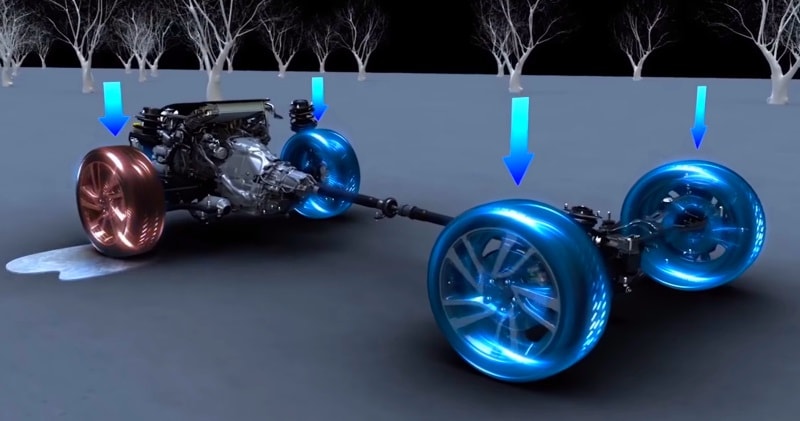Before we dive right into the basic difference between front-wheel drive system and rear-wheel drive system, there are certain terms you need to understand. First, we will talk about what drive-train means. Apparently, you have heard about this term but you are a bit confused what it really means and how it’s connected to what we about to educate you on today. Drive-train simply means series of your vehicle’s components, working together to ensure the turning of the wheels. Another term you need to understand is the powertrain. A powertrain is the combination of the drivetrain, engine and some other components.
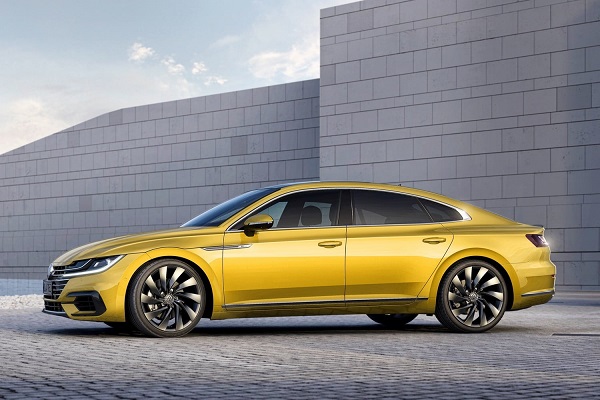
We know a lot has been said about all-wheel drive system (AWD). Preferably, many would want to have a car that comes equipped with this drive system. This kind of drivetrain offers power to all the wheels.
Truth is, most vehicles are either equipped with front-wheel drive or rear-wheel drive. This is the transfer of power to those wheels at the front or those at the back. If you are the type that loves off-road machines, you should probably go for all-wheel drive system or four-wheel drive system. Regardless, the two-wheel-drive system (2WD) will get most jobs done for you. The big question here is: Which is better between front-wheel drive system and rear-wheel drive system?
2-wheel drivetrain (2WD)
For most vehicles, they come fitted with drive system where powers are transferred from the engine to 2 wheels. This could either be rear-wheel or front-wheel.
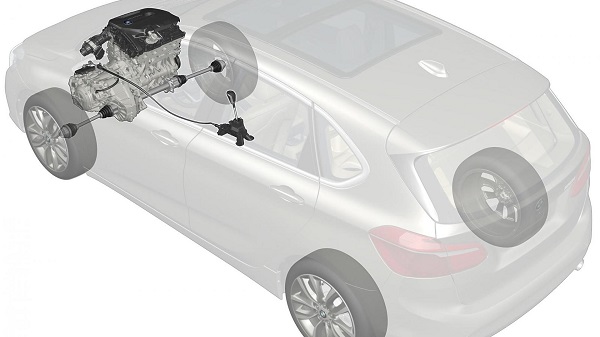
Front-wheel drive system (2WD)
In a front-wheel drive system, power is moved to the wheels at the front of the car. This however put the bulk of the work on those wheels. This type of drivetrain offers more space and is cheaper than its counterpart. Front-wheel drive system is perfect for both raining and dry seasons. New vehicles fitted with this drivetrain offers traction control, anti-lock braking system (ABS), which makes them versatile road machines.
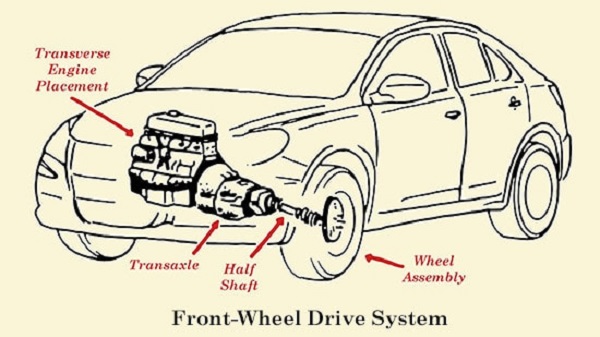
- Pros of front-wheel drive system
- In a front-wheel drive system, the transmission and engine are placed directly over these wheels at the front, for more effective traction when ascending hills or moving on road that is slippery.
- A front-wheel drive system ensures more room at the rear since every equipment is placed at the front of the car.
- Unlike other setup, the front-wheel drivetrain has fewer components. This is why a car fitted with is drive system is poised to be lighter and a good fuel economy. Most fuel efficient cars are front-wheel drive.
- In situation when the wheels are slipping, the steering wheel offers a remarkable tactile feedback.
- Vehicles with front-wheel drivetrain are more affordable to purchase and less costly to maintain.
- Cons of front-wheel drive system
- There is possibility of under-steering in a front-wheel drive since bulk of the weight is placed right at the front of the car.
- Vehicles with front-wheel drive system are more likely to veer to left and right during sudden acceleration.
- Vehicles with this drivetrain offer less towing capacity than the other 2WD system.
- In the area of acceleration, the rear-wheel drive system is better. Most race cars or sports cars come with rear-wheel drive system.
- Handling is often challenging on front-wheel drive system due to lots of weight packed in the front.
Rear-wheel drive system (2WD)
This is the transfer of power from the engine to the rear wheels. This type of drivetrain offers superior braking, handling and acceleration.

- Pros of rear-wheel drive system
- As a result of even distribution of weight especially in dry season, rear-wheel drivetrain promises an improved handling as a result of accelerative load transfer.
- This type of drive system is easy to maintain, way more than its counterpart. In a rear-wheel drive system, there is an absence of many parked parts in small space, making it easy and less expensive to repair.
- There is nothing like torque steer during acceleration as commonly experienced with the front-wheel drive system.
- The rear-wheel drive system offers good towing capacity since power is transferred to the rear wheels where loads are located. It is also easier to steer the vehicle due to where the power is being supplied to.
- For drift lovers, rear-wheel drive system affords you the change to do easily when compared to other drive system.
- Cons of rear-wheel drive system
- Mastering rear-wheel drive can be a bit challenging. However, with the availability of new traction controls and stability, it doesn’t really pose much issue for people behind the wheels.
- It is less roomy since the driveshaft and transmission tunnel will need more space.
- Many vehicles with rear-wheel drive system offer small cargo space due to the presence of equipment under the trunk.
- Vehicles with rear-wheel drive system are more expensive to buy since they come with additional parts/materials.
- Maneuvering rear-wheel drive system is a bit challenging on wet roads since the drivetrain pushes the vehicle instead of pulling it. Thankfully, the presence of traction control and stability on new cars has made this problem a bit reduced.
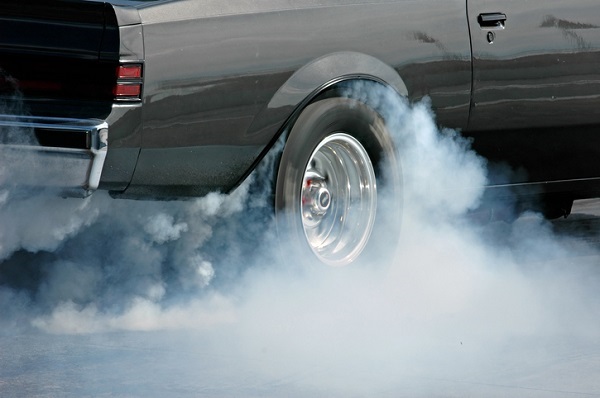
Deciding on which is better between front-wheel drive system and rear-wheel drive system is totally up to you and what you are looking for in a vehicle. They both have their strengths and weaknesses. Overall, they are both masterpieces of ingenuity.
>>> For more informative auto news and car tips like this, click here!
